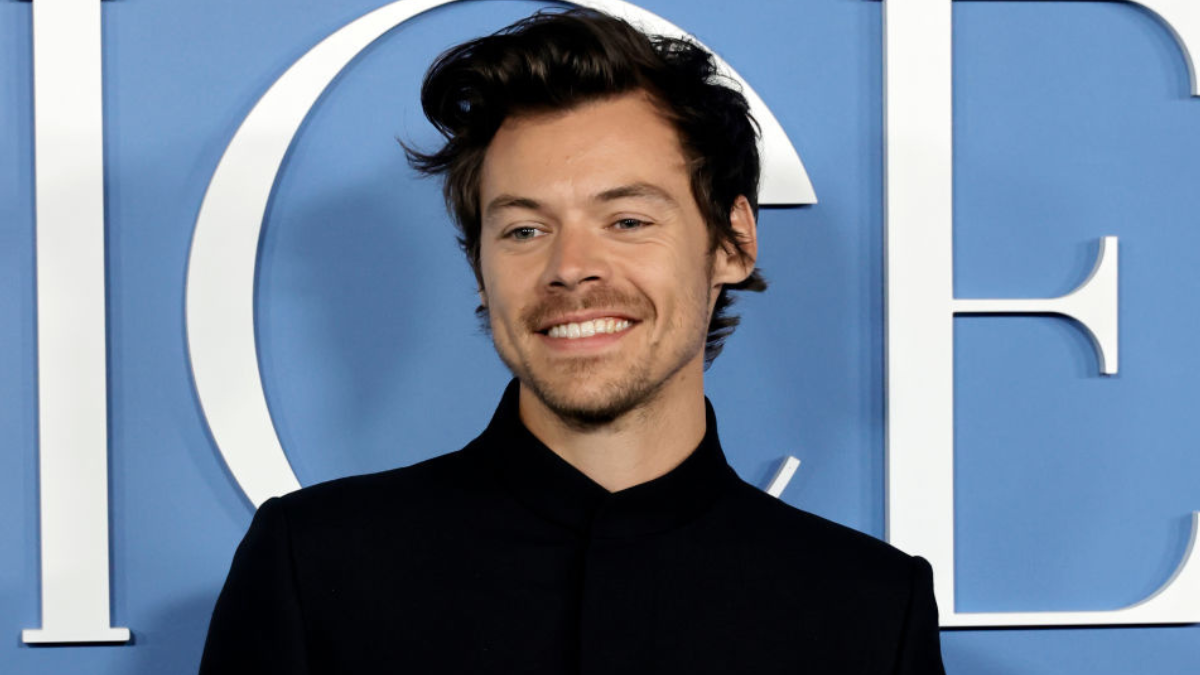Elizabeth Line Accessibility: Addressing Wheelchair User Challenges

Table of Contents
Navigating Stations: Architectural Barriers and Solutions
The physical layout of Elizabeth Line stations plays a crucial role in wheelchair accessibility. While many stations are designed with wide doorways and ramps, inconsistencies exist, creating significant barriers for wheelchair users. Key aspects impacting accessibility include the width of doorways, the gradient of ramps, the availability and reliability of lifts, the presence of escalators (and their accessibility), and the quality of tactile paving.
Some stations demonstrate excellent accessibility features, with smoothly functioning lifts, clearly marked routes, and ample space on platforms. Others, however, present significant challenges. For example:
- Insufficient ramp slopes: Steep ramps can be extremely difficult to navigate, especially for wheelchair users with limited upper body strength.
- Lack of accessible toilets in all stations: The absence of accessible toilets in every station is a major accessibility failure, impacting the ability of wheelchair users to comfortably utilize the line.
- Poor signage and wayfinding for wheelchair users: Confusing or unclear signage makes independent navigation challenging and frustrating.
- Crowding issues on platforms and trains impacting wheelchair access: Overcrowding can prevent wheelchair users from safely boarding and alighting trains and navigating station platforms.
Solutions to these challenges include:
- Improved signage: Clear, consistent, and visually appealing signage, incorporating tactile paving and Braille, is essential.
- Better platform design: Wider platforms with designated wheelchair spaces are crucial to ease congestion.
- Additional lifts: Investing in more lifts, and ensuring their consistent maintenance and functionality, is vital.
- Staff training: Thorough staff training on assisting wheelchair users is critical to address any unexpected situations.
Train Accessibility: Onboard Challenges and Improvements
Accessibility extends beyond the station environment to the trains themselves. The Elizabeth Line trains feature designated wheelchair spaces, boarding ramps, and wider aisles compared to older trains. However, several issues persist:
- Insufficient space for wheelchairs and luggage: The designated spaces may not always provide enough room for both a wheelchair and accompanying luggage.
- Lack of clear signage indicating wheelchair spaces: Ambiguous or poorly visible signage can lead to confusion and potential conflicts with other passengers.
- Challenges with boarding and alighting due to gap between train and platform: Varying gaps between train and platform can present difficulties for wheelchair users, requiring assistance.
- Need for improved communication systems for wheelchair users: Clear announcements and visual aids are necessary to inform wheelchair users about delays, changes, or other disruptions.
Improvements needed include:
- Improved train design: Larger wheelchair spaces, better seating arrangements, and wider aisles will enhance comfort and convenience.
- Better staff communication: Staff should be trained to proactively assist wheelchair users with boarding and alighting.
- Priority boarding systems: Implementing priority boarding for wheelchair users will reduce stress and ensure smoother travel.
Staff Training and Assistance: The Human Element of Accessibility
The role of Elizabeth Line staff in ensuring accessibility is paramount. Staff members should be equipped to provide assistance with boarding, navigating the station, and resolving unexpected issues. This requires comprehensive training and clearly defined protocols.
Key aspects of staff training include:
- Need for more comprehensive training programs for all staff members: Training should cover disability awareness, etiquette, and practical assistance techniques.
- Clear communication channels and procedures for assistance requests: Simple and efficient systems are crucial for wheelchair users to request assistance.
- Regular reviews and updates of accessibility protocols: Regular feedback and reviews ensure the effectiveness of implemented strategies.
- Improved staff awareness of disability etiquette: Training on disability etiquette will cultivate a respectful and inclusive environment.
Solutions include:
- Dedicated accessibility staff: Designating staff specifically responsible for assisting wheelchair users can improve the quality of service.
- Improved training materials: Modern and engaging training materials, including scenario-based training, will enhance staff knowledge and confidence.
- Feedback mechanisms: Regular feedback channels for wheelchair users to report issues and suggest improvements are essential.
Technology and Innovation: Improving Elizabeth Line Accessibility
Technology offers significant potential for enhancing Elizabeth Line accessibility. Real-time information, accessible apps, and smart ticketing systems can dramatically improve the travel experience for wheelchair users.
Specific technological solutions include:
- Real-time updates on lift maintenance and availability: This will allow wheelchair users to plan their journeys more effectively.
- Accessible wayfinding apps with audio descriptions: Audio descriptions can significantly improve navigation for visually impaired wheelchair users.
- Improved mobile ticketing options for ease of use: Simplified mobile ticketing options can reduce friction and increase accessibility.
- Integration of accessibility features into the Elizabeth Line app: A comprehensive app with real-time accessibility information would be extremely beneficial.
Solutions require investment and ongoing development:
- Investment in accessible technologies: Dedicated investment in accessible technologies is crucial for making the Elizabeth Line truly inclusive.
- User feedback integration: Continuously gathering and incorporating user feedback will ensure the ongoing improvement of accessibility features.
Ensuring Inclusive Travel on the Elizabeth Line
The Elizabeth Line represents a significant investment in London's transport infrastructure. However, ensuring truly inclusive travel requires addressing the ongoing challenges faced by wheelchair users. While positive steps have been taken, improvements in station design, train accessibility, staff training, and the implementation of assistive technologies are crucial.
We urge wheelchair users to share their experiences and suggestions for improving Elizabeth Line accessibility. Your feedback is essential for driving positive change. Please contact Transport for London (TfL) and other relevant authorities to report issues and propose solutions. The ongoing conversation about Elizabeth Line accessibility is vital to ensure the line becomes a truly inclusive and accessible transport system for everyone. Let's continue working together to make this a reality.

Featured Posts
-
 First Up Imf To Review Pakistans 1 3 Billion Loan Package And Other Top News
May 10, 2025
First Up Imf To Review Pakistans 1 3 Billion Loan Package And Other Top News
May 10, 2025 -
 Participez A Une Action Solidaire A Dijon Le Don De Cheveux
May 10, 2025
Participez A Une Action Solidaire A Dijon Le Don De Cheveux
May 10, 2025 -
 Barbashevs Overtime Heroics Tie Series Knights Beat Wild 4 3
May 10, 2025
Barbashevs Overtime Heroics Tie Series Knights Beat Wild 4 3
May 10, 2025 -
 Snls Poor Harry Styles Impression His Honest Reaction
May 10, 2025
Snls Poor Harry Styles Impression His Honest Reaction
May 10, 2025 -
 France Demands Stronger Eu Response To Us Trade Barriers
May 10, 2025
France Demands Stronger Eu Response To Us Trade Barriers
May 10, 2025
